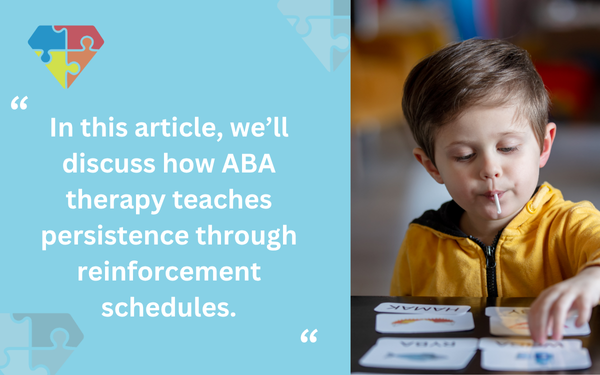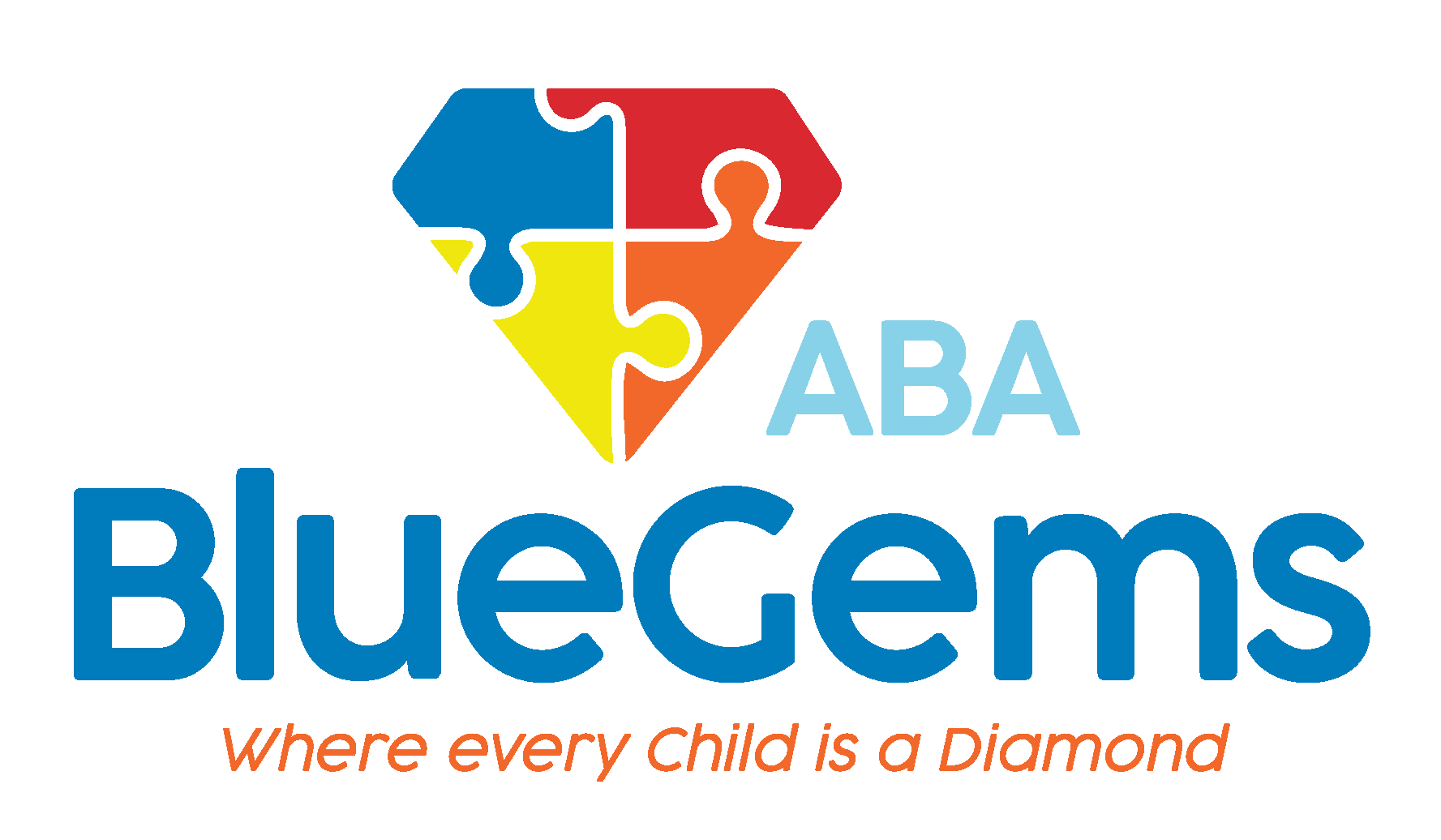Teaching Persistence Through Reinforcement Schedules
Applied behavior analysis (ABA therapy) is the leading treatment plan for children with autism spectrum disorder (ASD) and has been proven to help build social, communication and daily life skills, while helping to modify certain behaviors.
ABA therapy is based on scientific evidence about learning and behavior, and many strategies and tools have been developed to to teach and support patients. Progress in the treatment can be substantial, but it’s also often gradual, with results showing over time rather than all at once.
To ensure children with autism get the most benefit out of ABA therapy, they must remain engaged and motivated, which takes a lot of persistence. This is done in the treatment through the use of reinforcement schedules.
In this article, we’ll discuss how ABA therapy teaches persistence through reinforcement schedules.
Table Of Contents
What Are Reinforcement Schedules?
Reinforcement schedules are set rules that will determine how and when reinforcement gets delivered after a patient exhibits a desired behavior. These schedules will influence how consistently and frequently behaviors are exhibited.
For behavior modification to occur effectively in ABA therapy, it’s essential that reinforcement schedules are implemented properly. Therapy teams must first determine what the appropriate reinforcement schedule is, which then will help to modify and maintain the desired behaviors for the long-term.
There are two main categories of reinforcement schedules.
The first is continuous reinforcement, which provides the reinforcer each time that the patient exhibits the target behavior. This type of schedule is considered the most appropriate when teaching new behaviors, and often produces quick results.
The other category is called partial, or intermittent, reinforcement. In this approach, therapists only provide the reinforcer some of the time.
This usually results in stronger resistance upfront by the patient, but also more effective maintenance of the desired behavior over time.
With this approach, reinforcement could happen after a select set of responses, after an unpredictable and variable set, after a certain amount of time has passed, or at differing intervals.
The four different subtypes of intermittent reinforcement will work on fostering a higher rate of response, promote the consistent exhibition of the behavior, teach patients and encourage a steady response, respectively.

How Do Reinforcement Schedules Influence Behavior?
Schedules of reinforcement directly impact the ways in which patients in ABA therapy acquire behaviors and maintain them over time. They are implemented and taught initially in ABA therapy sessions, but they can also be utilized by other people in other settings to help the child manage the behaviors.
For example, parents, teachers and other caregivers can use the reinforcement techniques and schedules to help emphasize what’s taught in sessions. This results in the child being able to generalize the skills and behaviors they learn across multiple settings and scenarios.
Reinforcement schedules can include both positive as well as negative reinforcement, though it doesn’t include actual punishments.
Positive reinforcement can come in the form of extra praise, time with a toy they love or tokens they can exchange for something tangible at a later time. Negative reinforcement, meanwhile, includes giving the child a break from activities that might be uncomfortable to them, as long as they meet their goals.
By approaching reinforcement in this way, with both positive and negative reinforcer, it helps children feel empowered and engaged, creating a rich environment for learning.
Over time, children will be taught to rely less and less on these external motivators in order to exhibit the desired behavior. This will help them build more independence, which is one of the biggest general goals of ABA therapy.
| Schedule Type | Description | When It’s Used | Example |
|---|---|---|---|
| Continuous Reinforcement | Reinforcer is provided every time the target behavior is exhibited | Teaching new behaviors | A child receives a sticker every time they say “hello” |
| Fixed Ratio | Reinforcement given after a set number of responses | Promotes high response rates | Reinforcer after every 5 correct answers |
| Variable Ratio | Reinforcer after unpredictable number of responses | Builds strong, persistent behavior | Praise after 2, then 5, then 3 responses |
| Fixed Interval | Reinforcement after a fixed time interval | Encourages behavior near the end of the interval | Token given every 10 minutes if behavior is maintained |
| Variable Interval | Reinforcement after varying time intervals | Encourages steady behavior | Toy access after 3, then 6, then 4 minutes of good behavior |
Blue Gems ABA Creates Customized Reinforcement Schedules
Reinforcement schedules play a critical role in ABA therapy, helping children with autism gain and maintain new behaviors. They can be both positive and negative reinforcers, though the latter doesn’t include punishment of any kind.
At Blue Gems ABA, we create customized reinforcement schedules that fit into every targeted therapy plan for each of our clients. By tailoring the plan to each individual’s unique strengths, challenges and preferences, we can ensure a higher rate of success.
To learn more, please contact us today.




